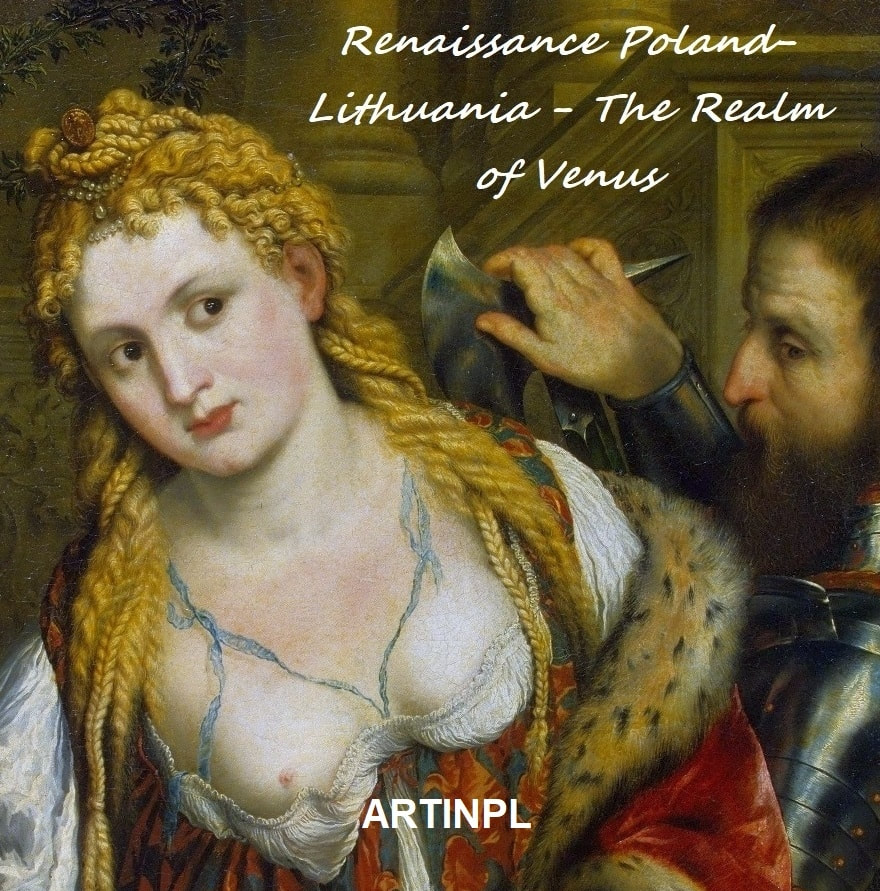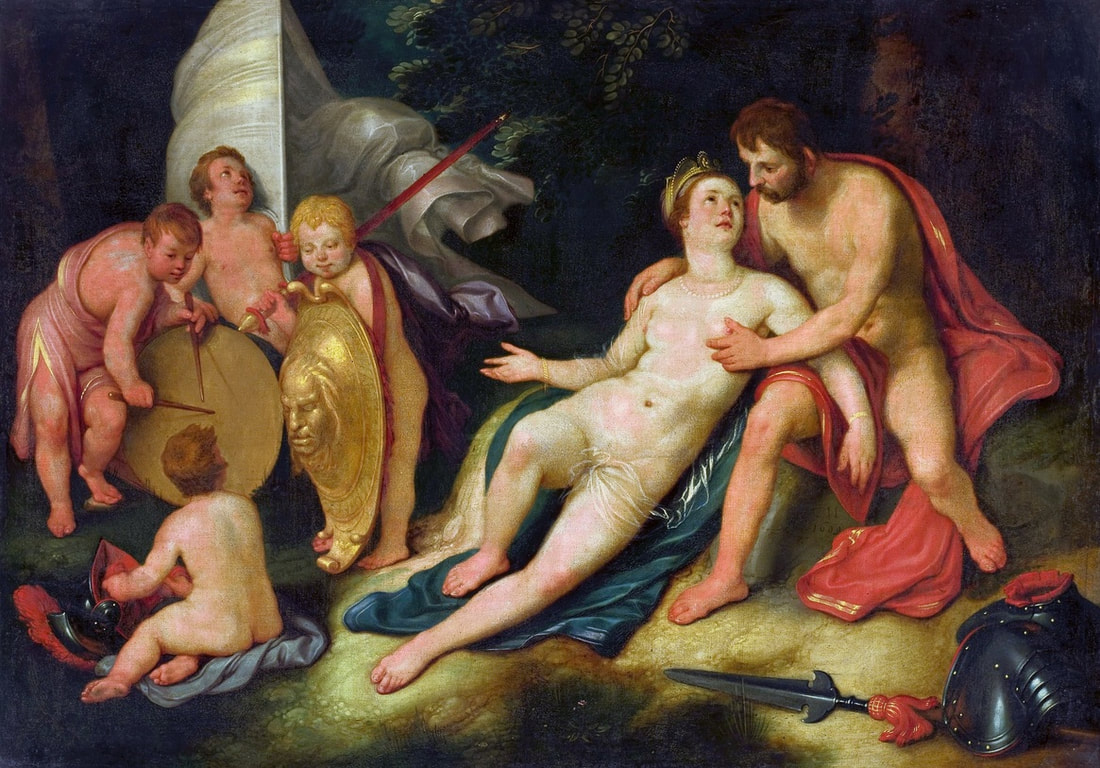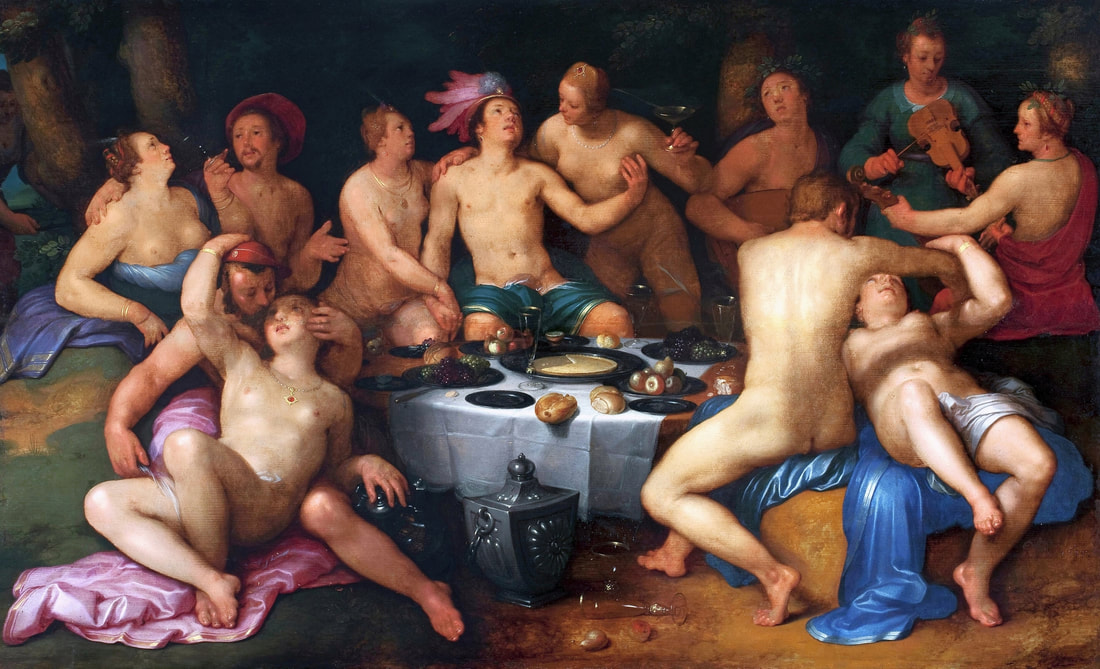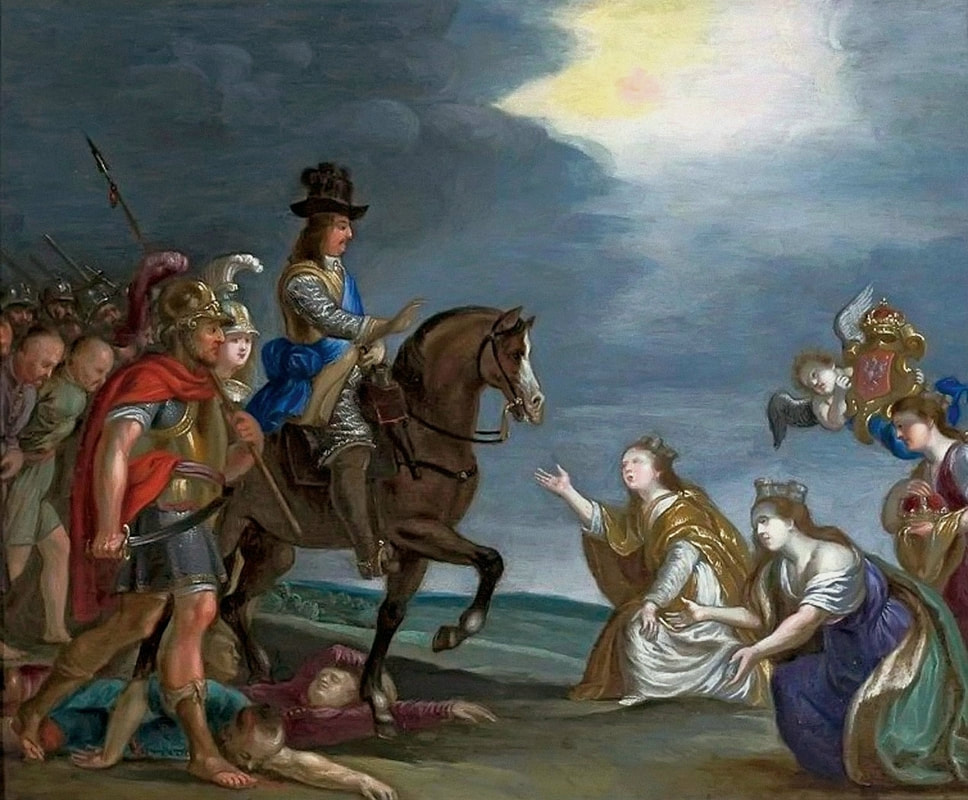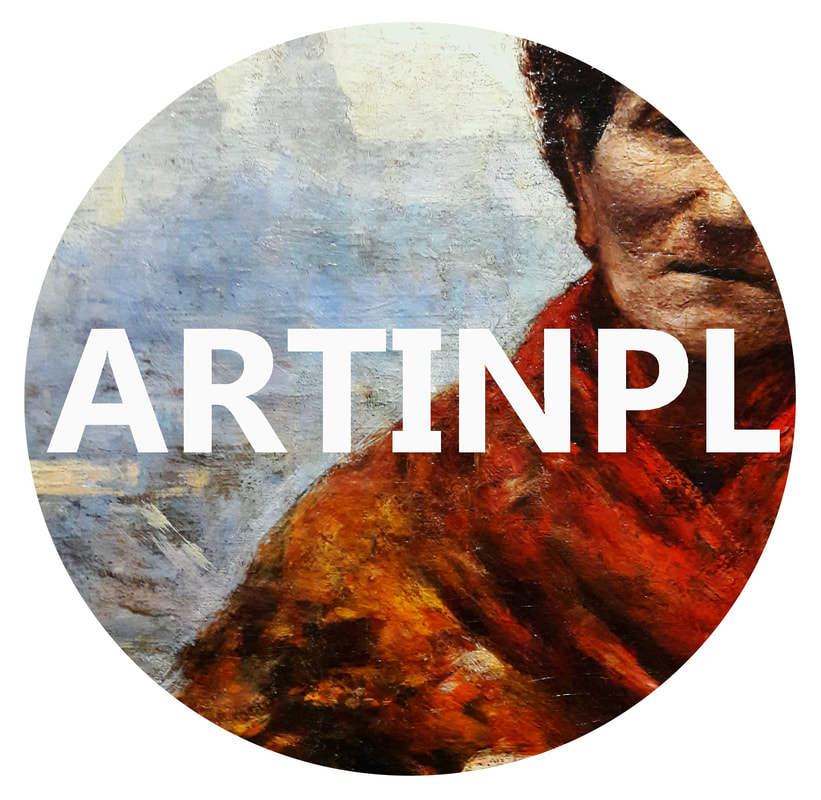|
Renaissance Poland-Lithuania - The Realm of Venus, goddess of love, destroyed by Mars, god of war. Discover its "Forgotten portraits", its sovereigns and its unique culture ...
Forgotten portraits - Introduction - part A Forgotten portraits of the Jagiellons - part I (1470-1505) Forgotten portraits of the Jagiellons - part II (1506-1529) Forgotten portraits of the Jagiellons - part III (1530-1540) Forgotten portraits of the Jagiellons - part IV (1541-1551) Forgotten portraits of the Jagiellons - part V (1552-1572) Forgotten portraits of the Jagiellons - part VI (1573-1596) Forgotten portraits - Introduction - part B Forgotten portraits of the Polish Vasas - part I (1587-1623) Forgotten portraits of the Polish Vasas - part II (1624-1636) Forgotten portraits of the Polish Vasas - part III (1637-1648) Forgotten portraits of the Polish Vasas - part IV (1649-1668) Forgotten portraits of the "compatriot kings" (1669-1696)
"Before the Deluge", it is a former title of a painting now identified to depict the Feast of the prodigal son. It was painted by Cornelis van Haarlem, a painter from the Protestant Netherlands, best known for his highly stylized works with Italianate nudes, in 1615, when the elected monarch of the Polish-Lithuanian Commonwealth was a descendant of the Jagiellons - Sigismund III Vasa. Despite huge losses in the collections of paintings, the oeuvre of Cornelis van Haarlem is represented significantly in one of the largest museums in Poland - the National Museum in Warsaw, the majority of which comes from old Polish collections (three from the collection of Wojciech Kolasiński: Adam and Eve, Mars and Venus as lovers, Vanitas and the Feast of the prodigal son from the collection of Tomasz Zieliński in Kielce).
Sadly, its earlier history is unknown, so it cannot be unmistakably associated with the Golden Age of Poland-Lithuania, which, almost as in the Bible, ended with the Deluge (1655-1660), a punishment for sins as some might believe or like the opening of Pandora's box unleashing evil upon the world. "The Swedes and the notorious Germans, for whom murder is a play, the violation of faith is a joke, robbery a pleasure, arson, rape of women and all crimes a joy, our city, destroyed by numerous contributions, they destroyed with fire, leaving only the Koźmin suburb unburned", describes the atrocities in the city of Krotoszyn, burned down on July 5, 1656, an eyewitness - an altarist, brother Bartłomiej Gorczyński (after "Lebenserinnerungen" by Bar Loebel Monasch, Rafał Witkowski, p. 16). Descriptions of the destroyed Vilnius after the withdrawal of the Russian and Cossack armies, and other cities of the Most Serene Republic, are equally terrifying. Polish troops responded with similar ruthlessness, sometimes also towards their own citizens, who collaborated with the invaders or were accused of collaboration. The invasion was accompanied by epidemics related to the marches of various armies, destruction of the economy, exacerbation of conflicts and social and ethnic divisions. An unimaginable Apocalypse, sent not by God but by human greed. War should be a forgotten relic of the past, but unfortunately it is still not. Another painting in the National Museum in Warsaw recalls these events. This small painting (oil on copper, 29.6 x 37.4 cm, inventory number 34174) was very probably made by Christian Melich, court painter of the Polish-Lithuanian Vasas, active in Vilnius between 1604 and 1655 (similar in style to the Surrender of Mikhail Shein in the National Museum in Krakow, MNK I-12) or other Flemish painter. It was initially thought to represent King John II Casimir Vasa after the Battle of Berestechko in 1651, but the distinctive features of a man on horseback allowed to identify him with great certainty as Charles X Gustav the "Brigand of Europe", as he was called in the Polish-Lithuanian Commonwealth, "who was capable of beginning horrors of war in any part of the old continent" (after "Acta Universitatis Lodziensis: Folia historica", 2007, p. 56), and the subject as his triumph over the country. Female personifications of the Commonwealth, most likely Poland, Lithuania and Ruthenia (or Prussia) like three goddesses from the Judgement of Paris, pay homage to the "Brigand of Europe" supported by Mars and Minerva and trampling Polish enemies in national costumes. One of the women (Venus-Poland) offers the crown and a putto or Cupid offers the symbol of Poland, the White Eagle. Mars, with his sword drawn, looks at the humble woman. Dramatic events change not only individuals but also entire nations.
Mars and Venus as lovers (Mars being disarmed by Venus) by Cornelis van Haarlem, 1609, National Museum in Warsaw.
Feast of the prodigal son (Before the Deluge) by Cornelis van Haarlem, 1615, National Museum in Warsaw.
Triumph of Charles X Gustav the "Brigand of Europe" over the Polish-Lithuanian Commonwealth by Flemish painter, most probably Christian Melich, ca. 1655, National Museum in Warsaw.
Bibliography and legal notice. The majority of historical facts in the "Forgotten portraits" and information on works of art are easily verifiable on reliable sources available on the Internet, otherwise I invite you to visit the National Libraries of Poland - personally or virtually (Polona). The majority of translations, if not specifically attributed to someone else in the text or cited sources, are my authorship. Original paintings reproduced in "Forgotten portraits" are considered to be in the public domain (faithful photographic reproduction of a two-dimensional, public domain work of art, copyright term is the author's life plus 100 years or fewer) in accordance with international copyright law (photos from publicly available photo libraries, websites of relevant institutions, my own photos and scans from various publications with credit to the owner), however, all have been retouched and enhanced without significant interference with the quality of the original artwork, where possible (Attribution-ShareAlike 3.0 Unported, CC BY-SA 3.0). All interpretations, identifications and attributions, not specifically attributed to other authors in the text or cited sources, must be considered as my authorship - Marcin Latka (Artinpl).
|
Artinpl is individual, educational project to share knowledge about works of art nowadays and in the past in Poland.
If you like this project, please support it with any amount so it could develop. © Marcin Latka Categories
All
Archives
April 2023
|

